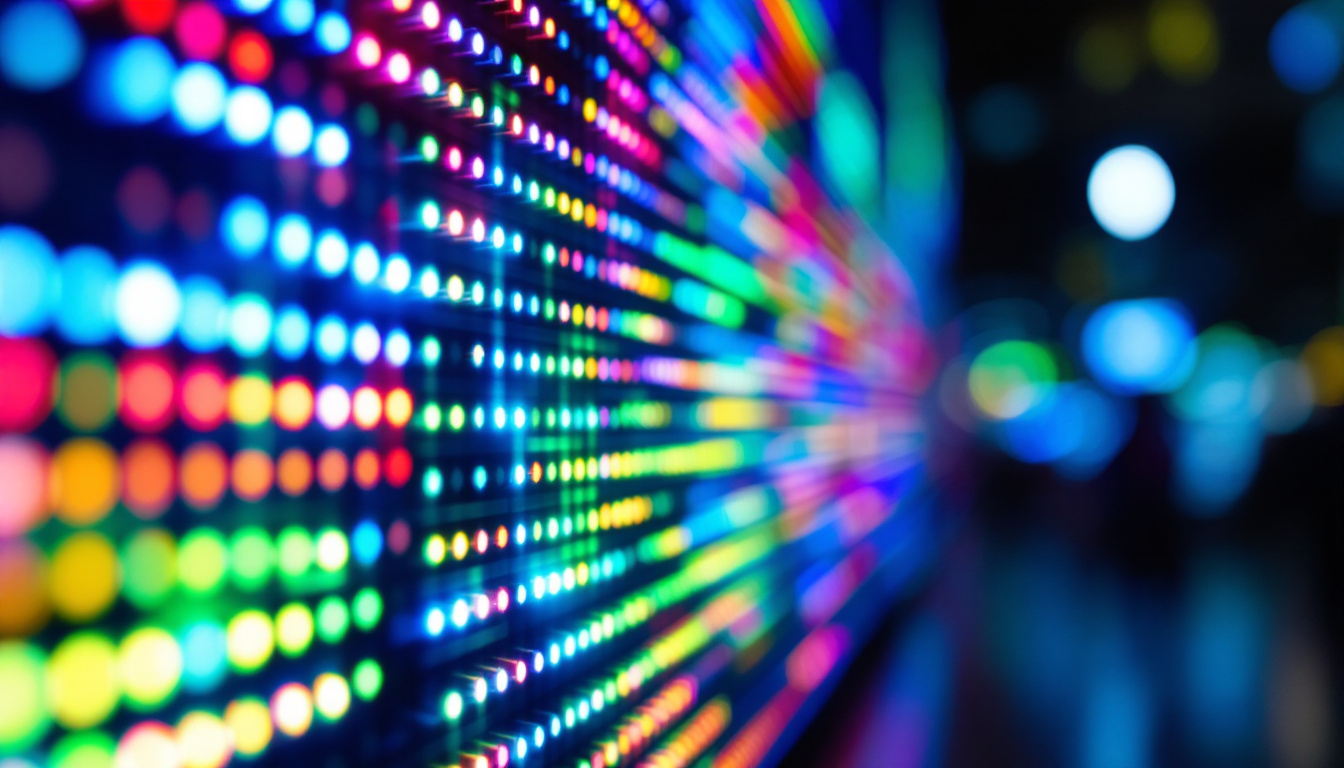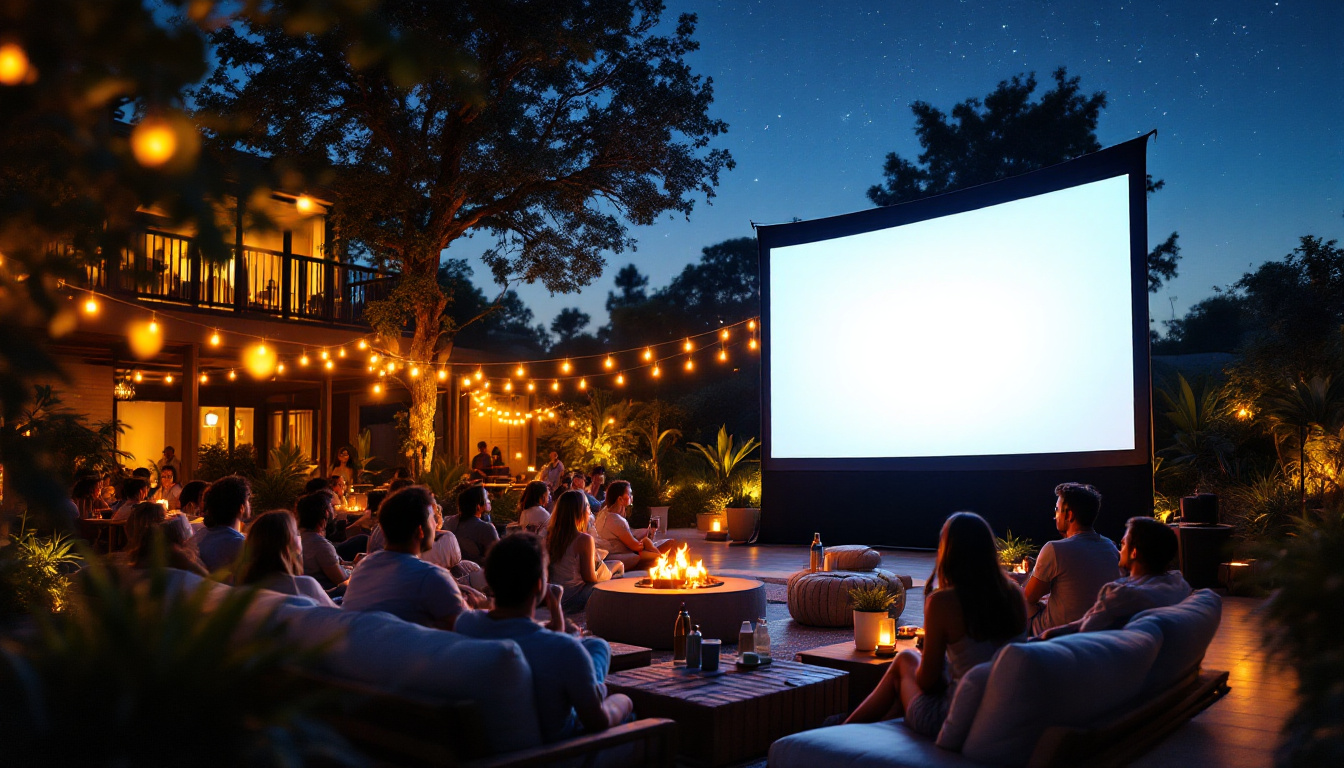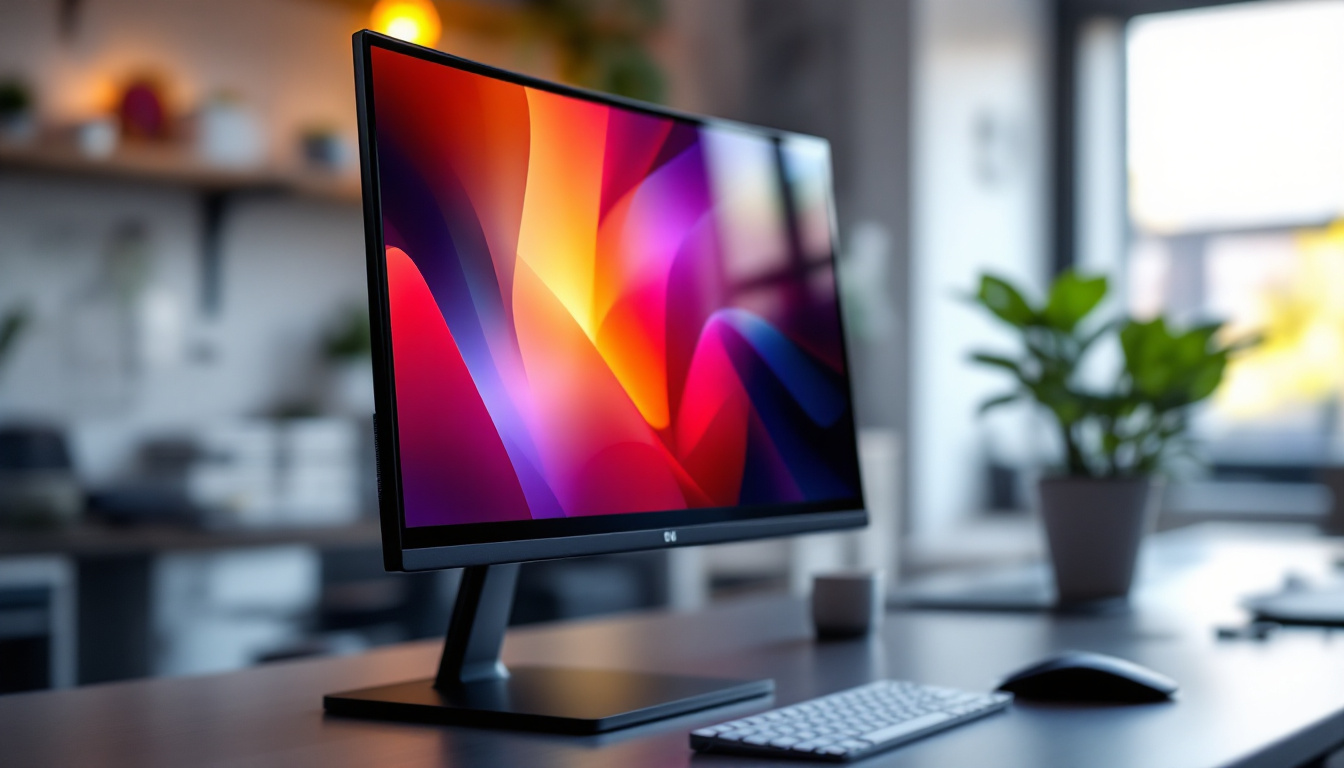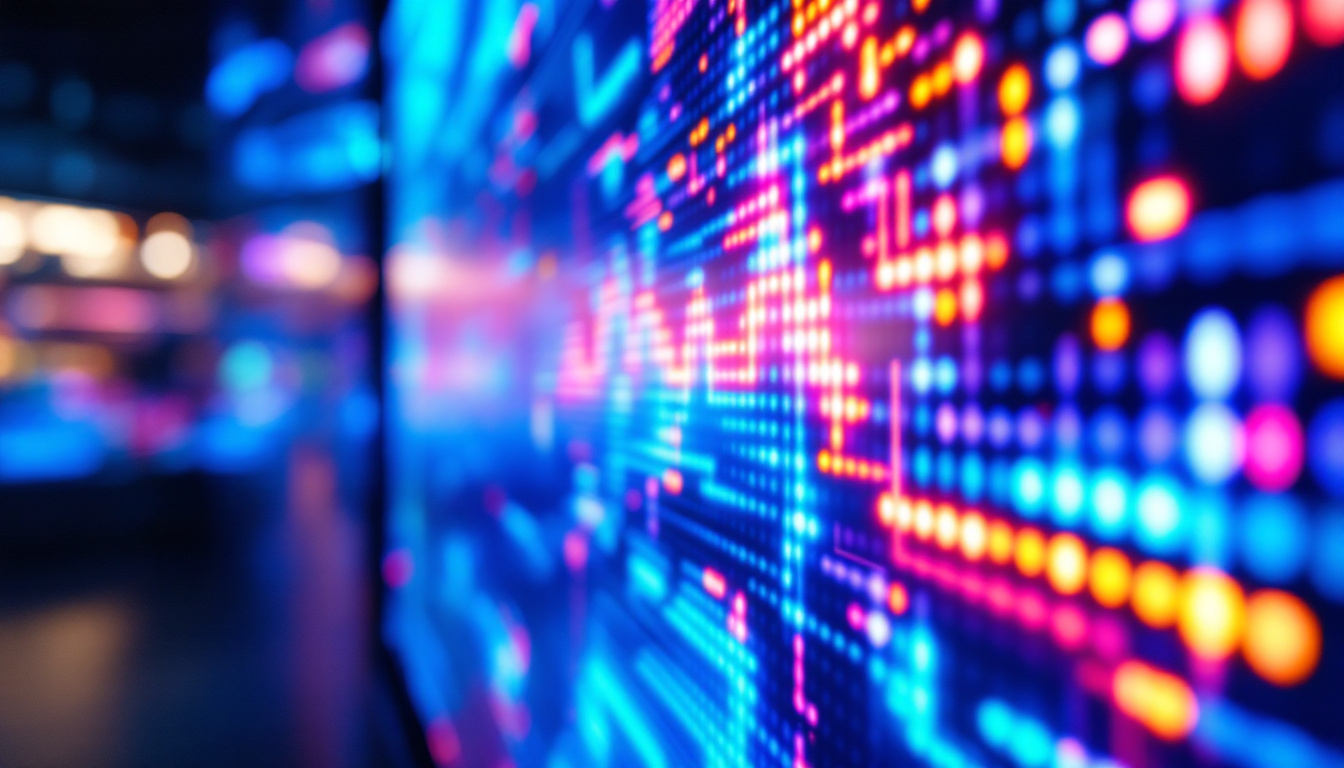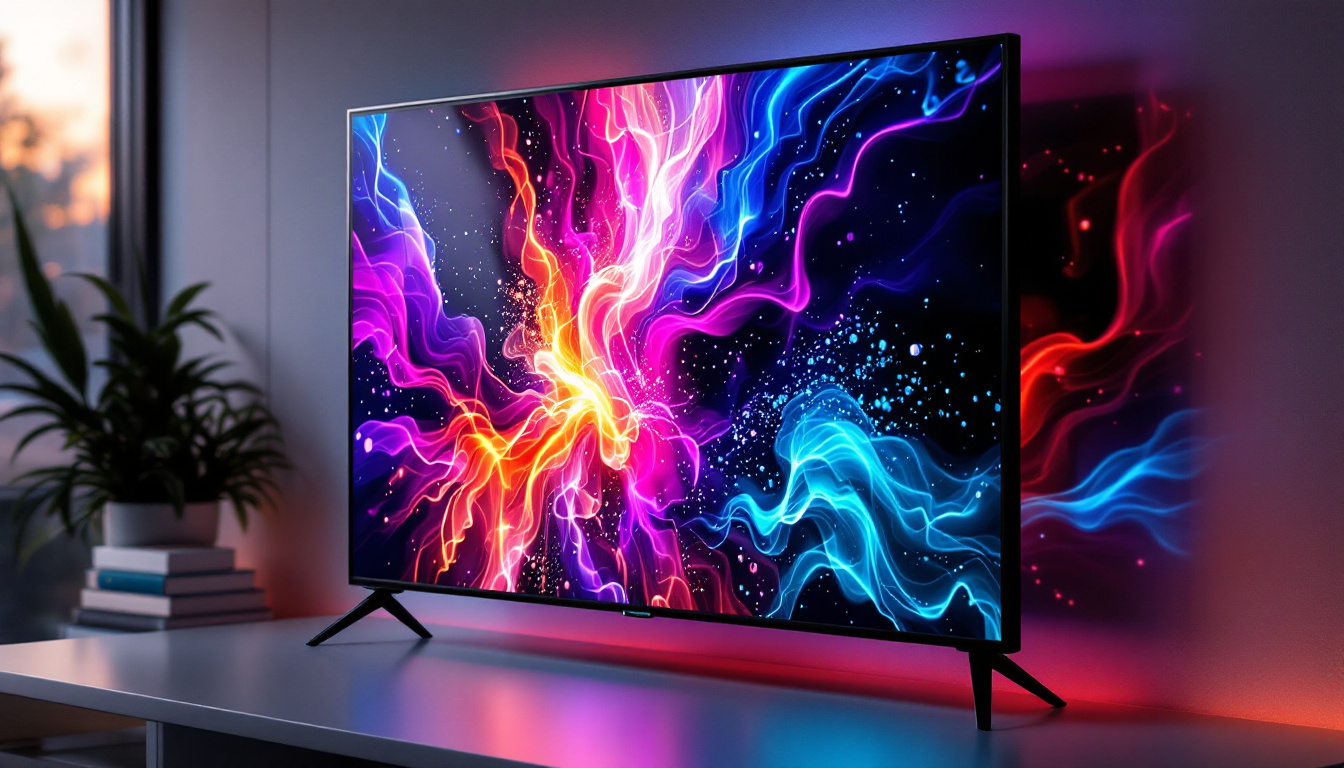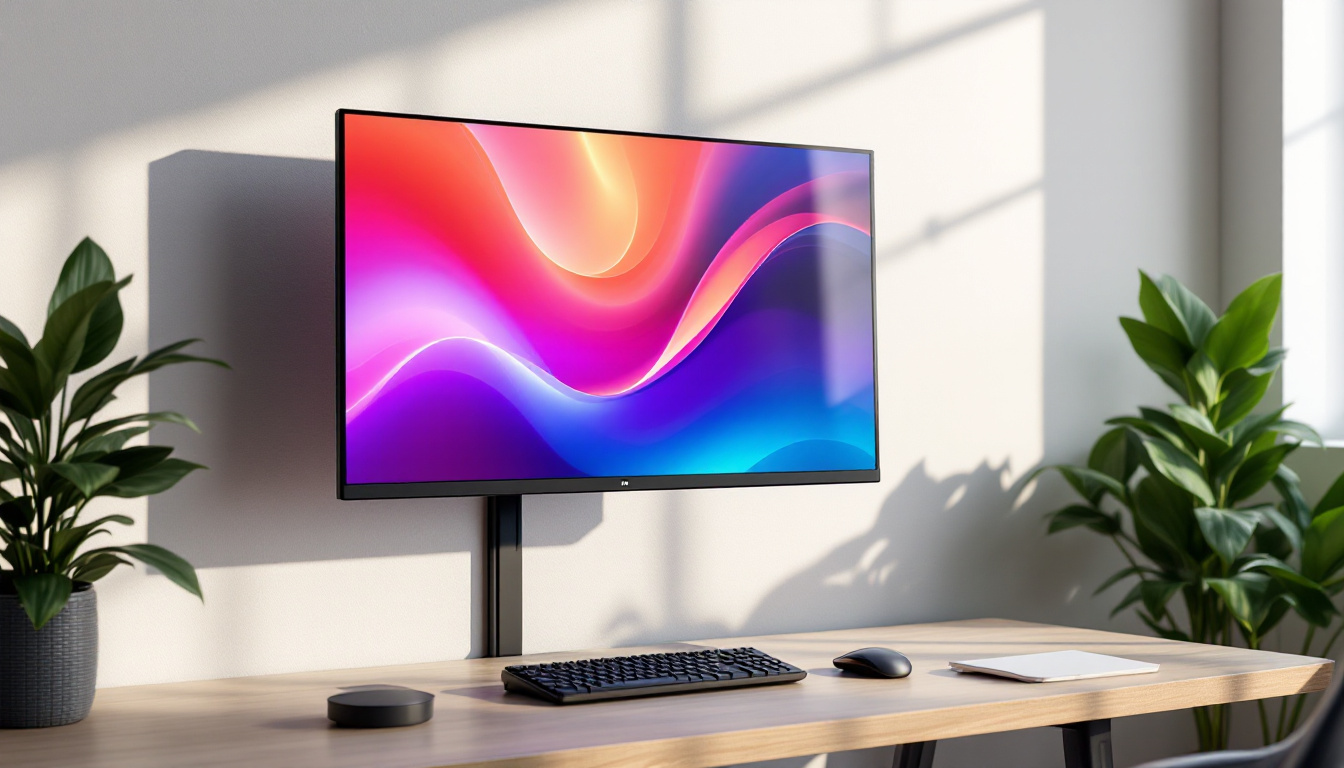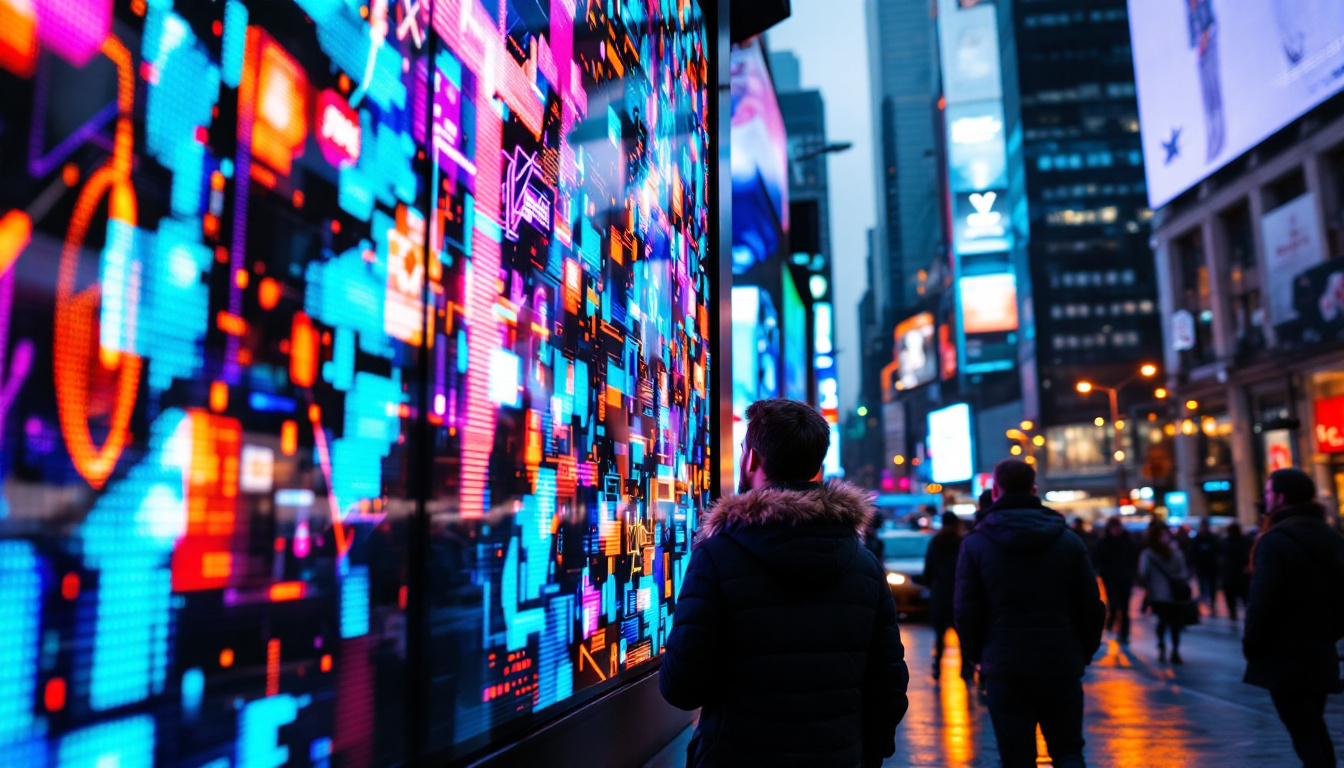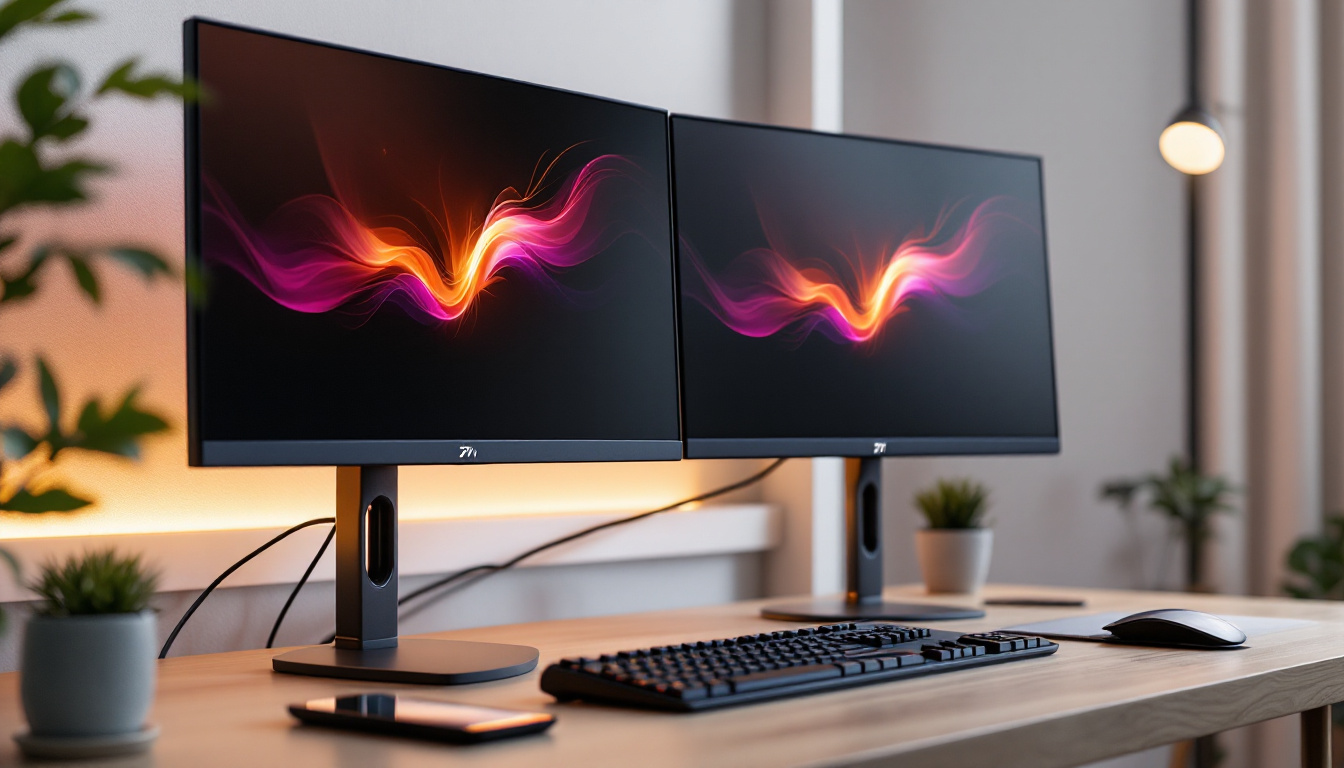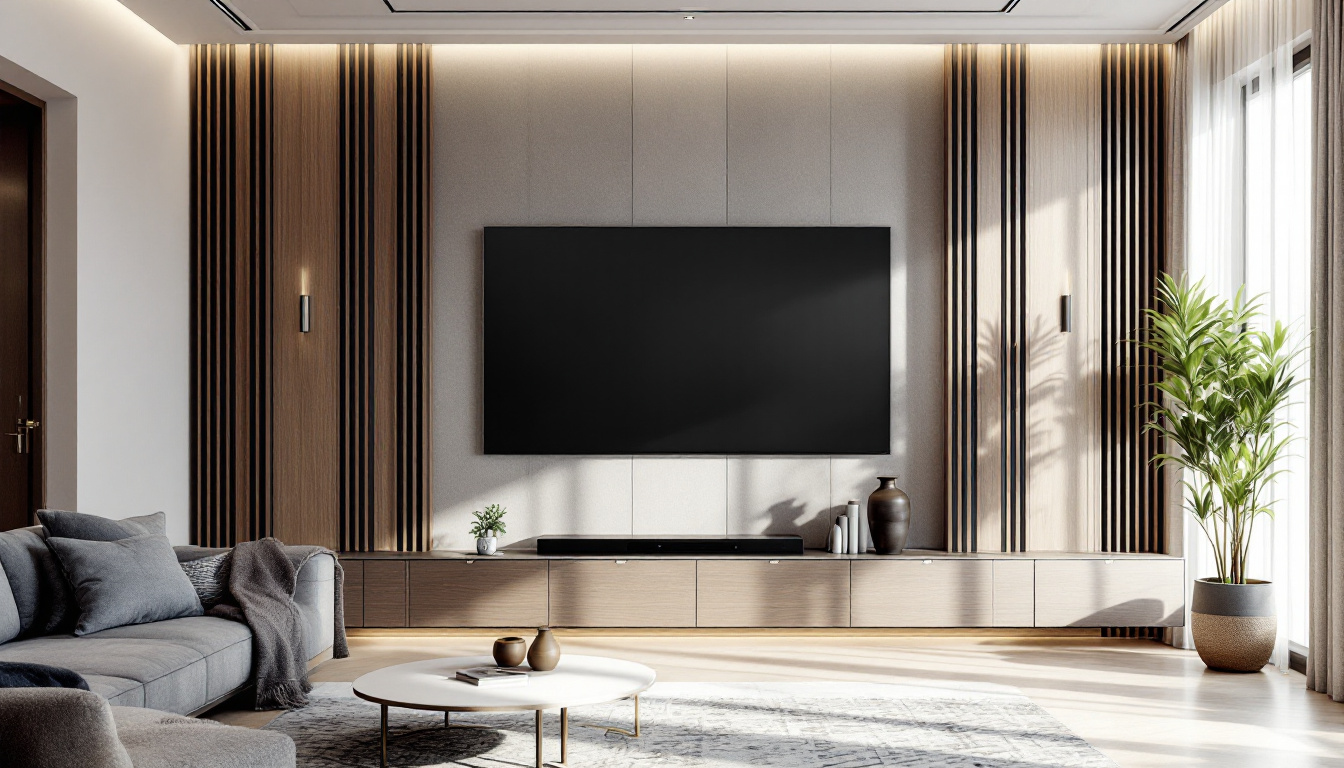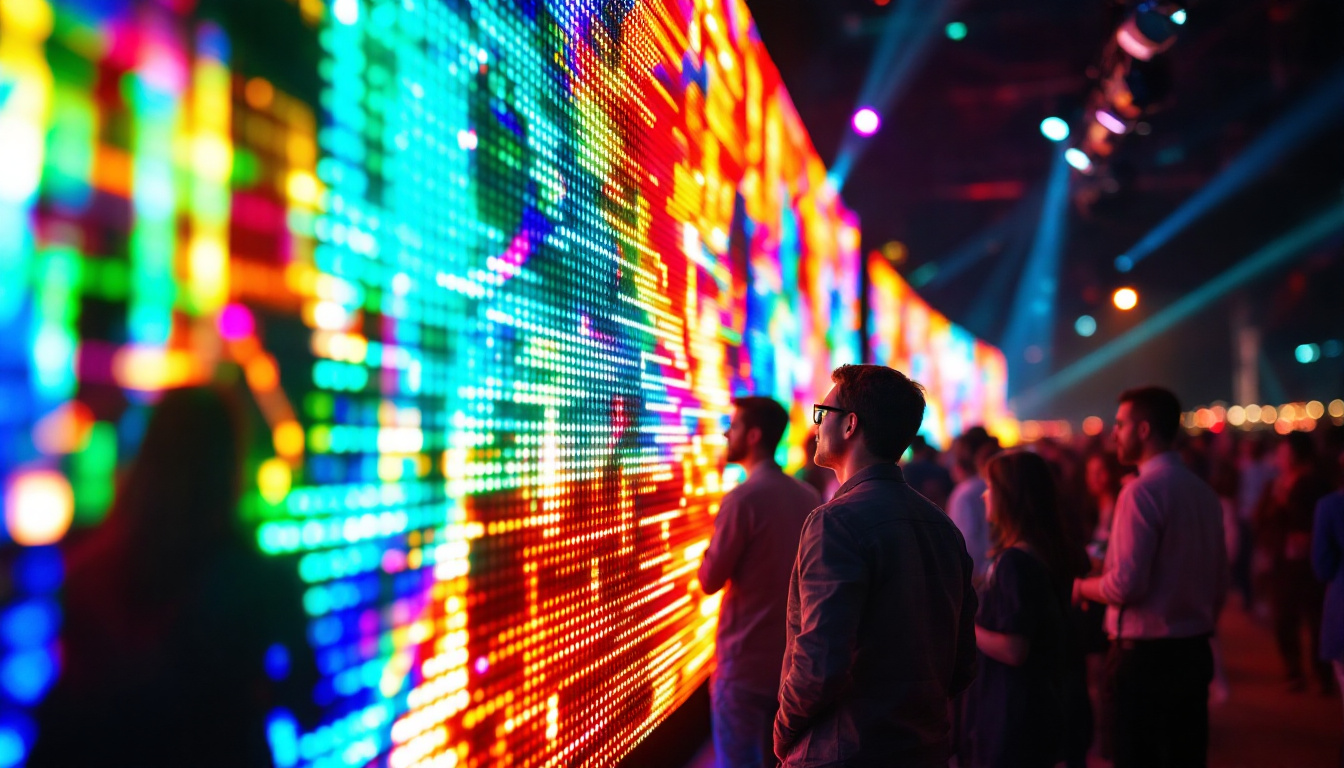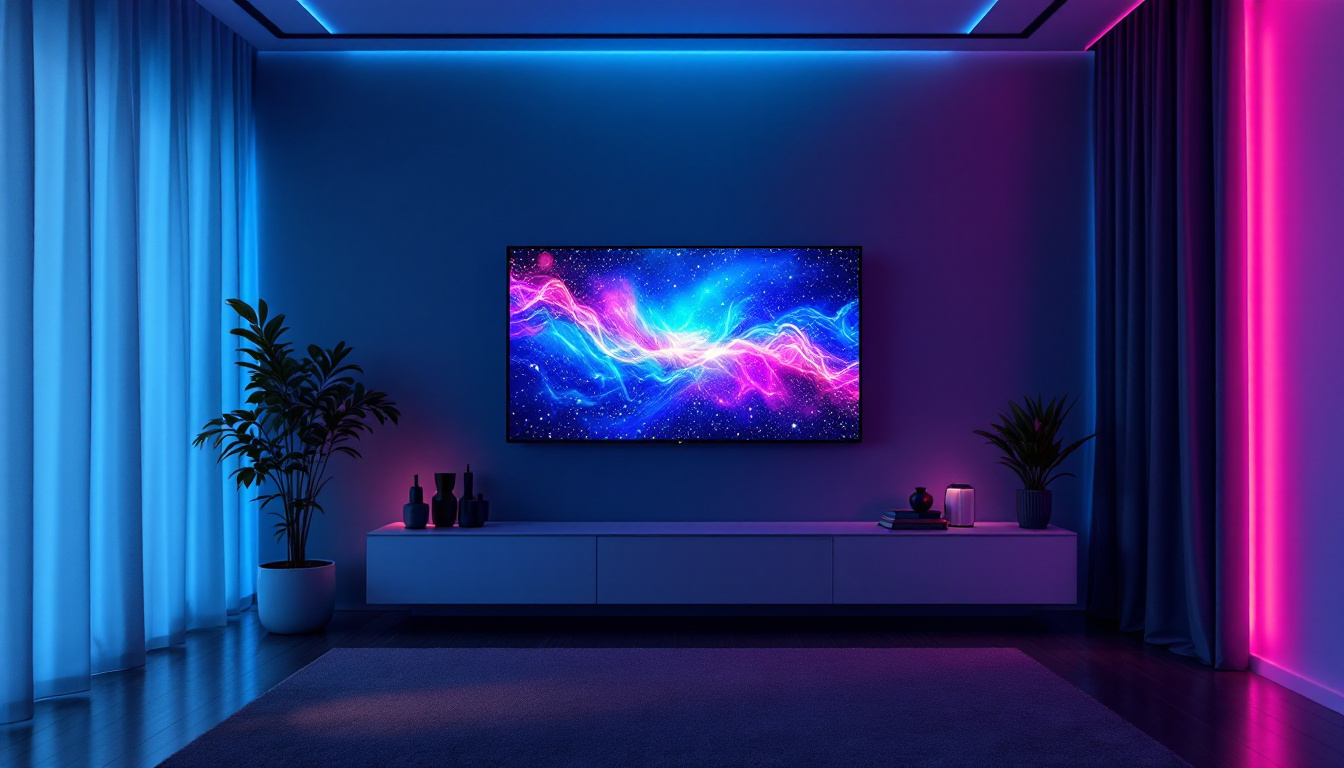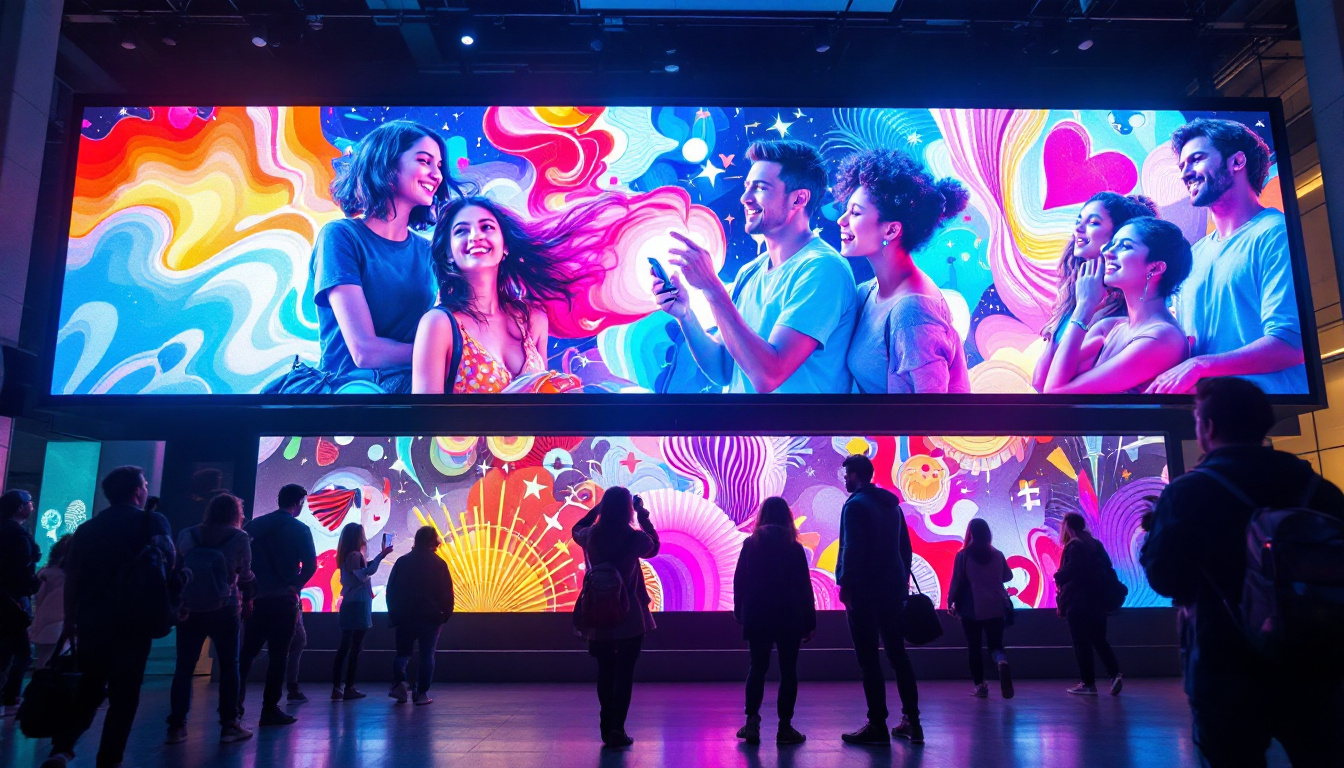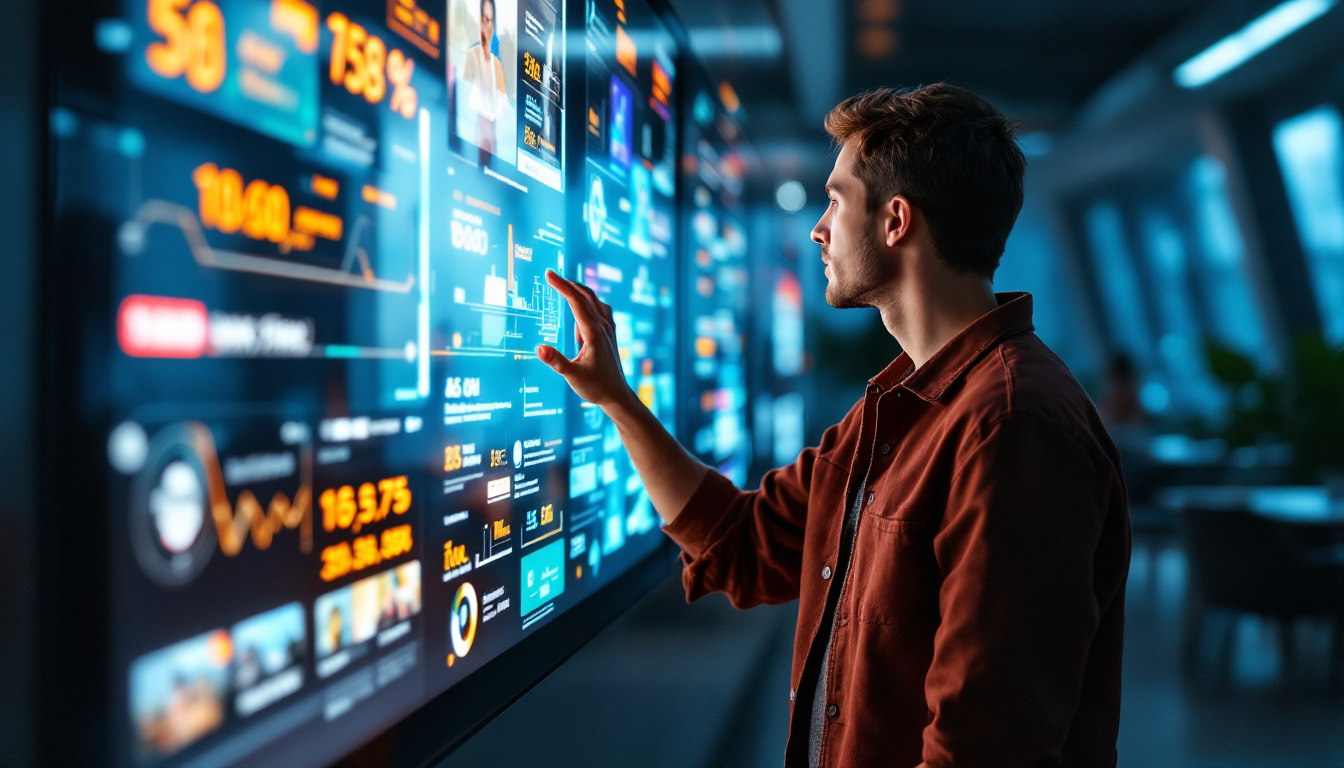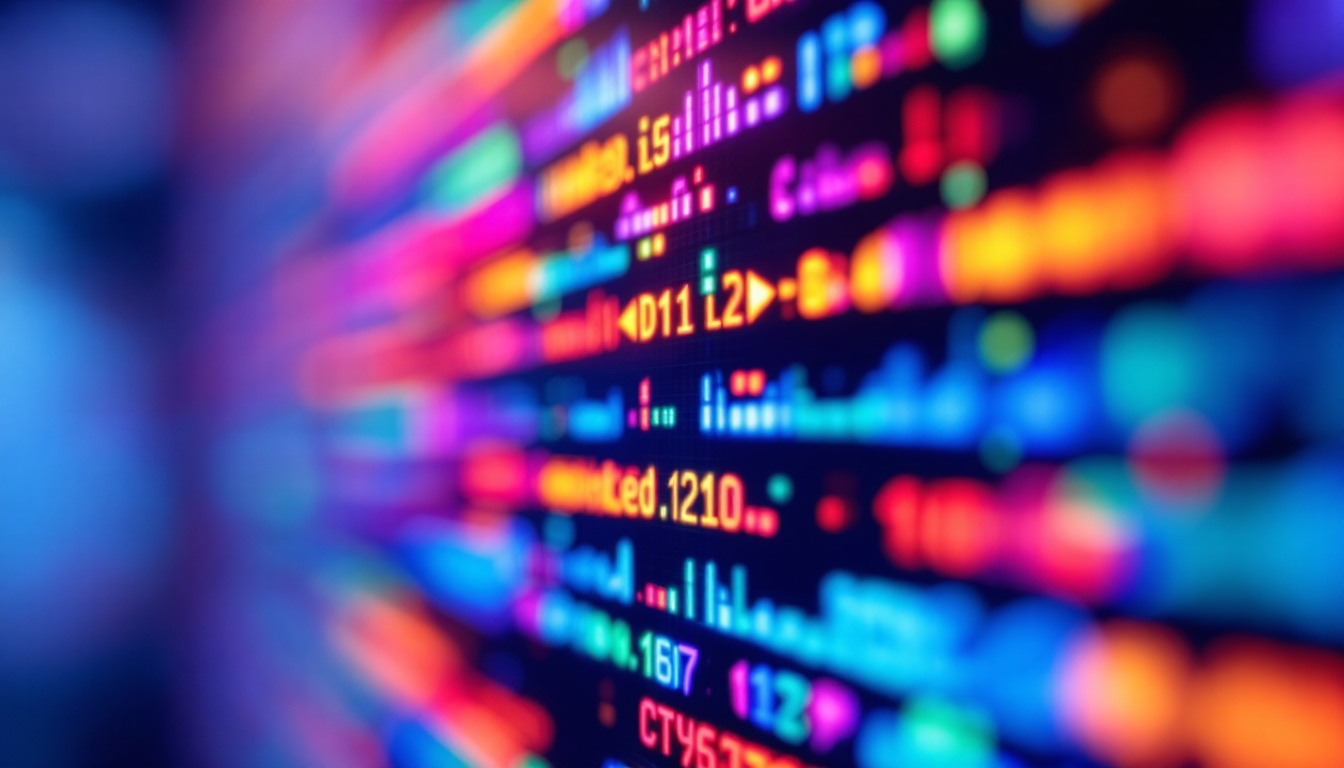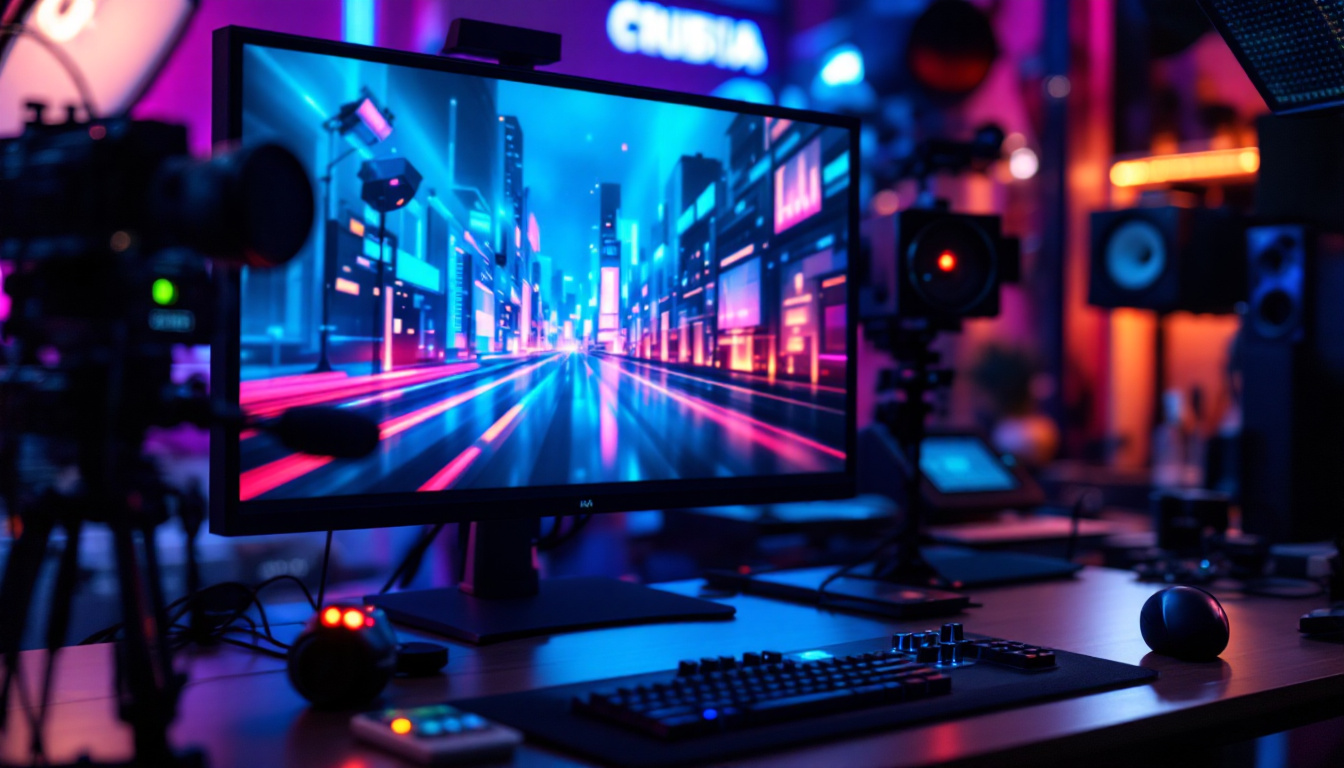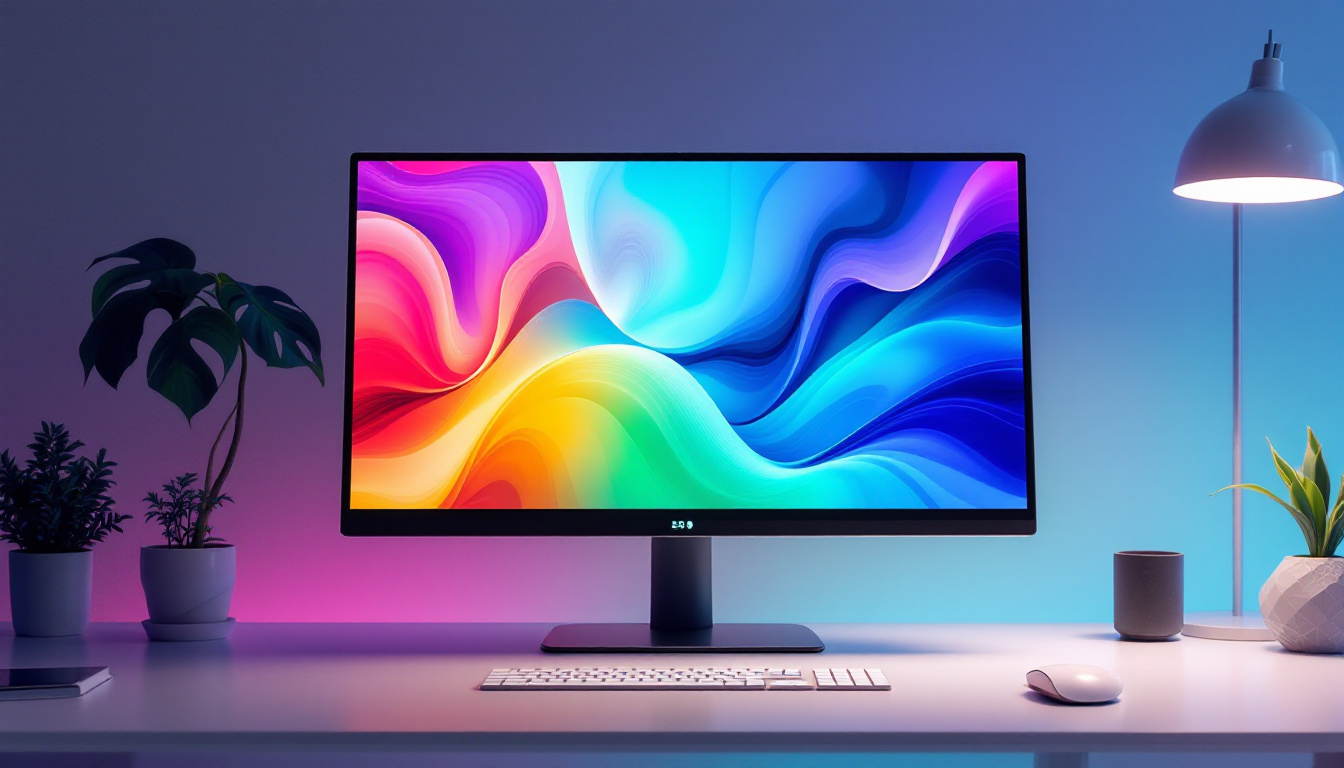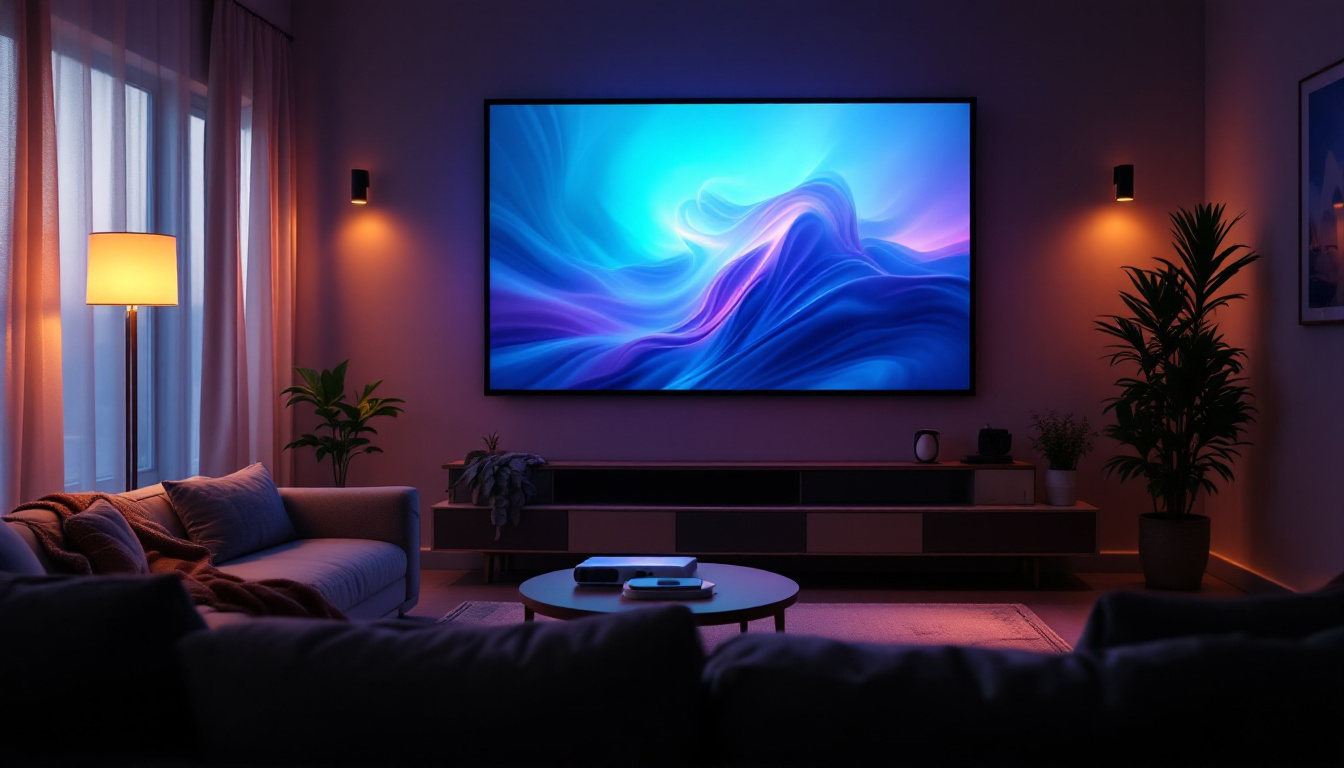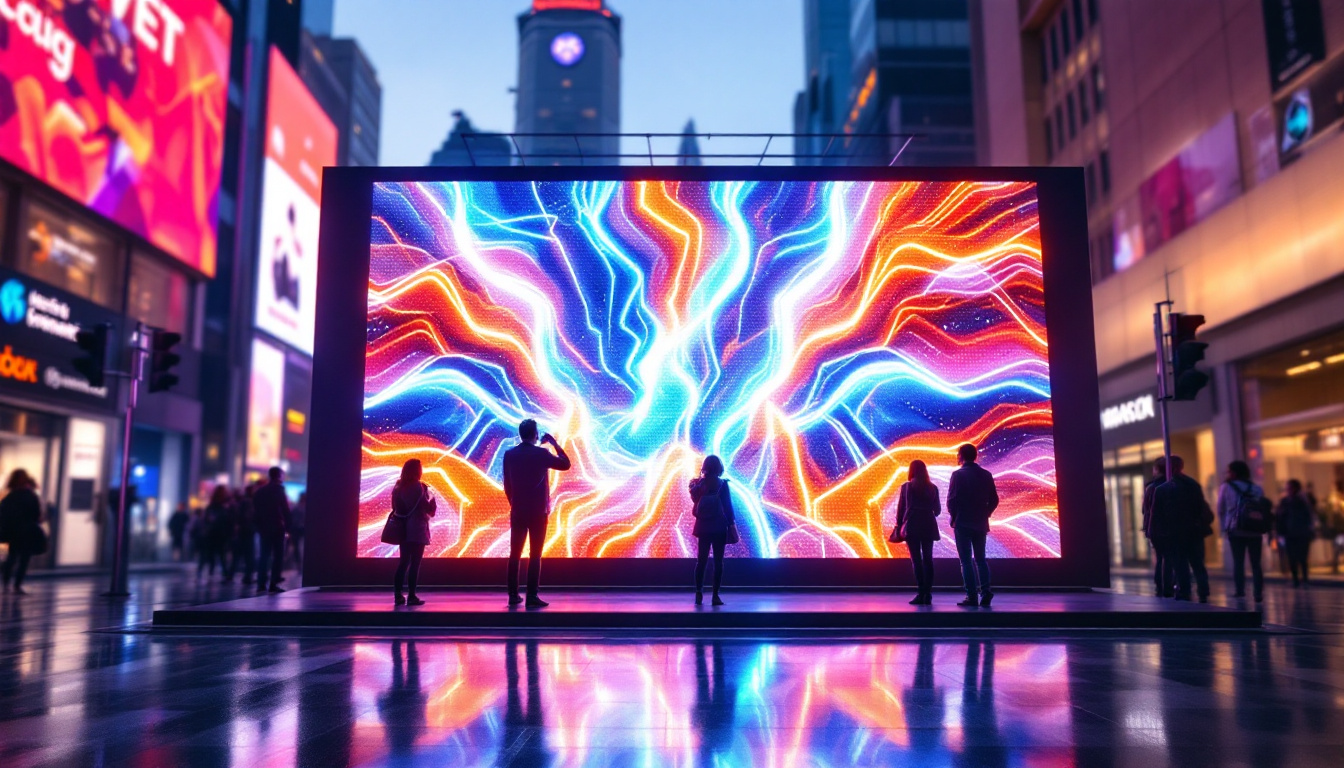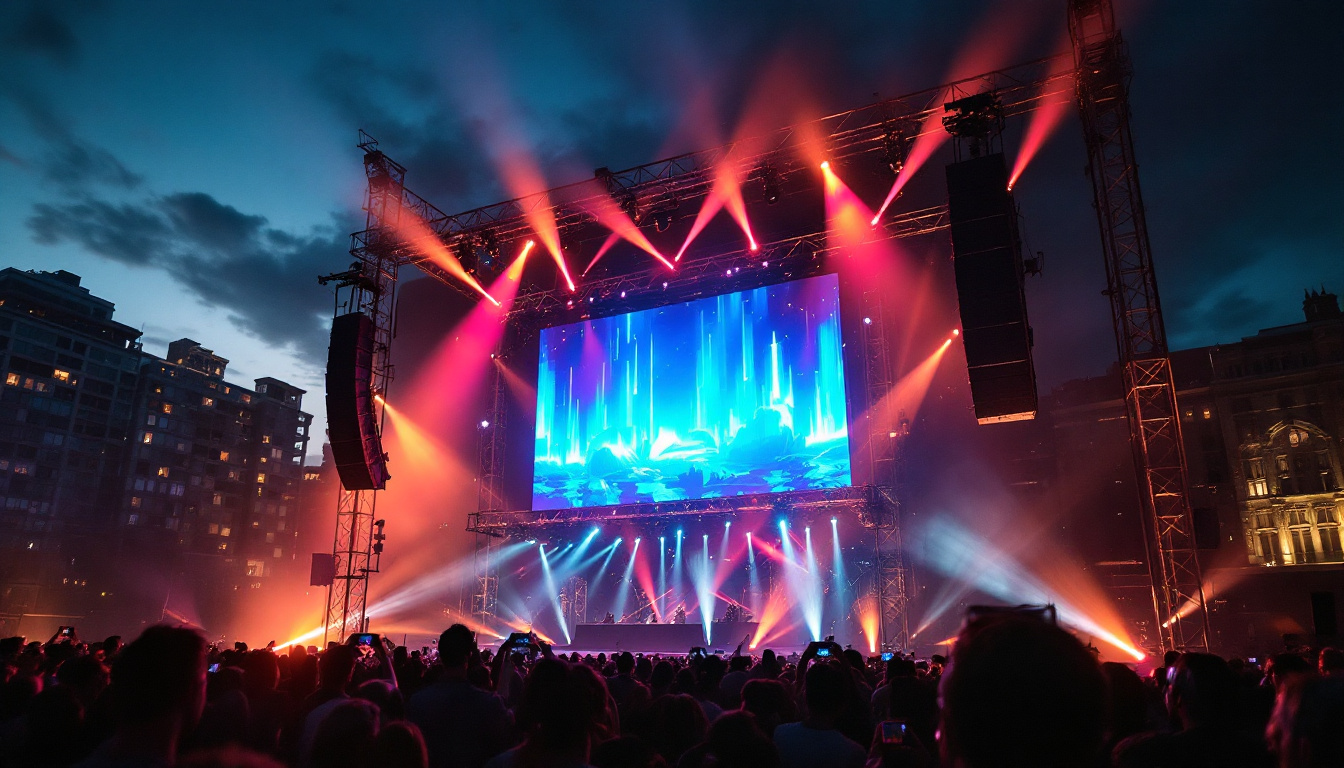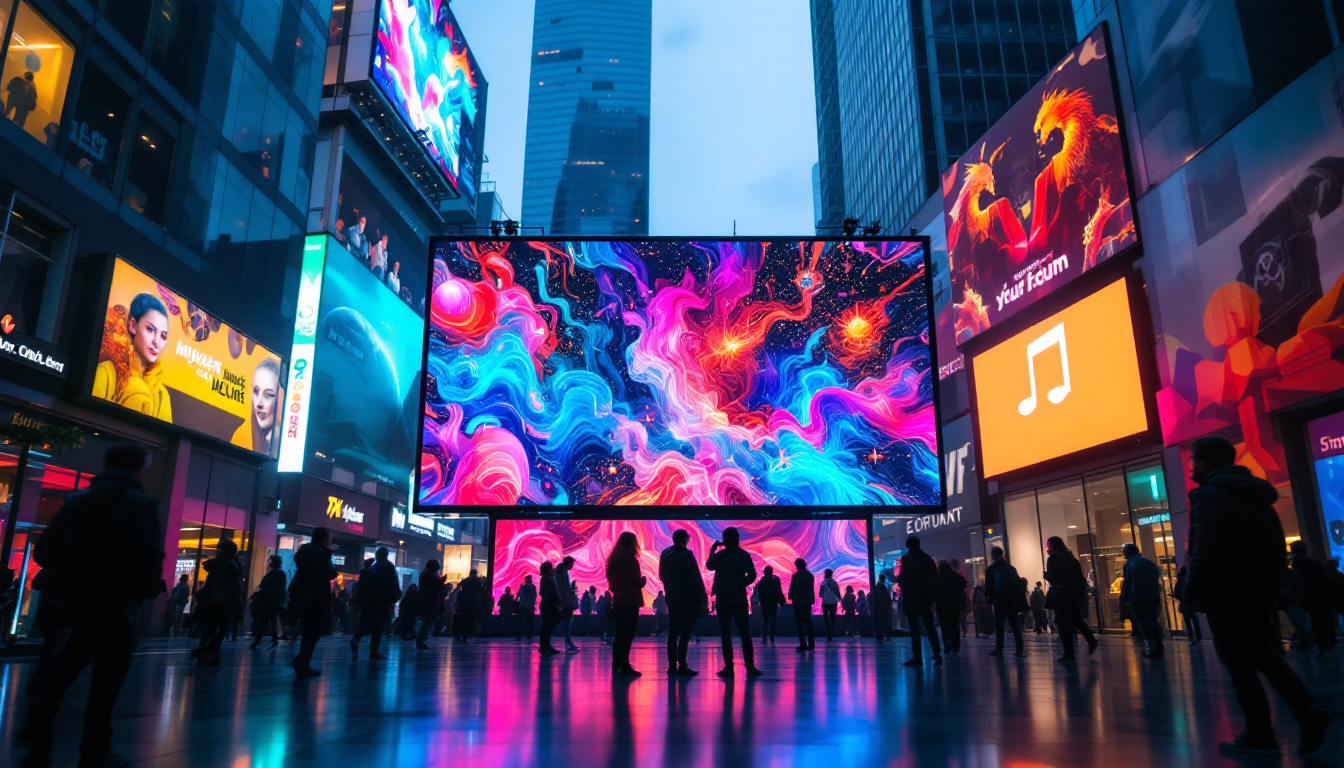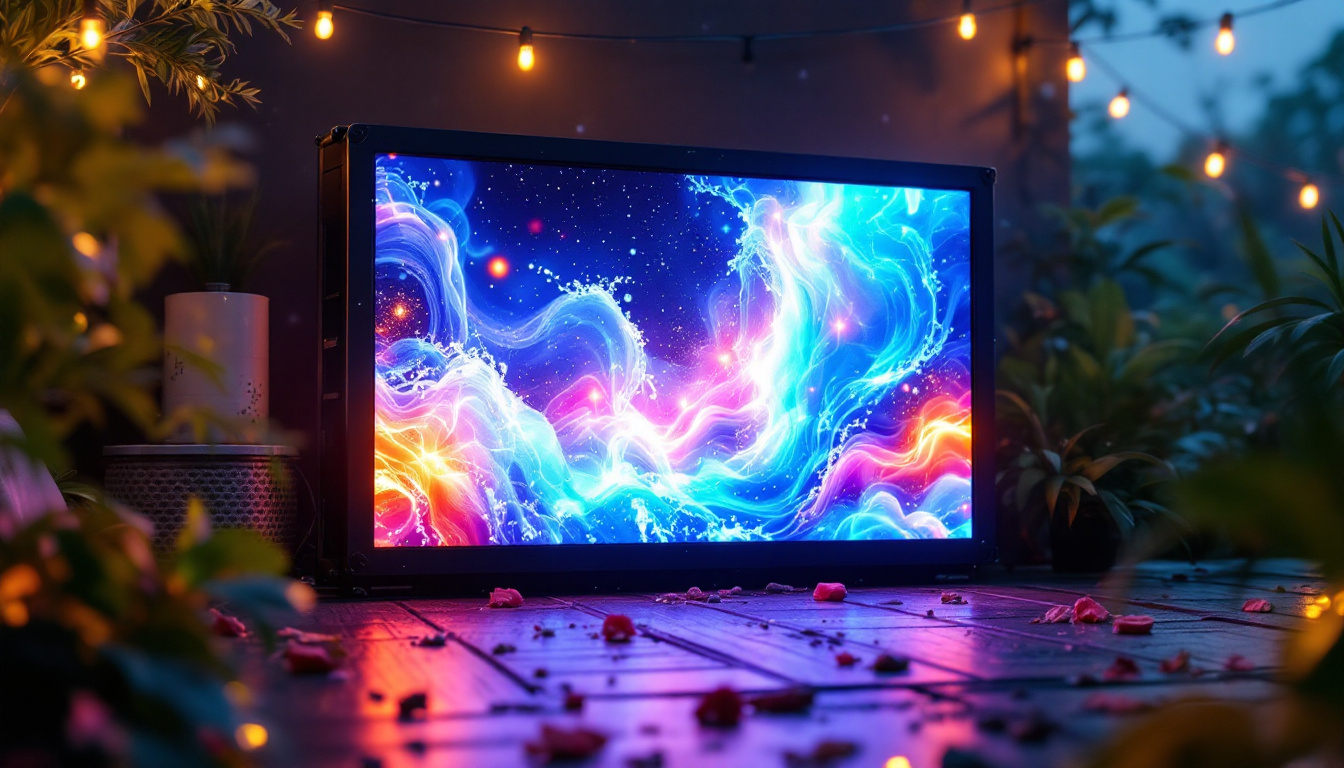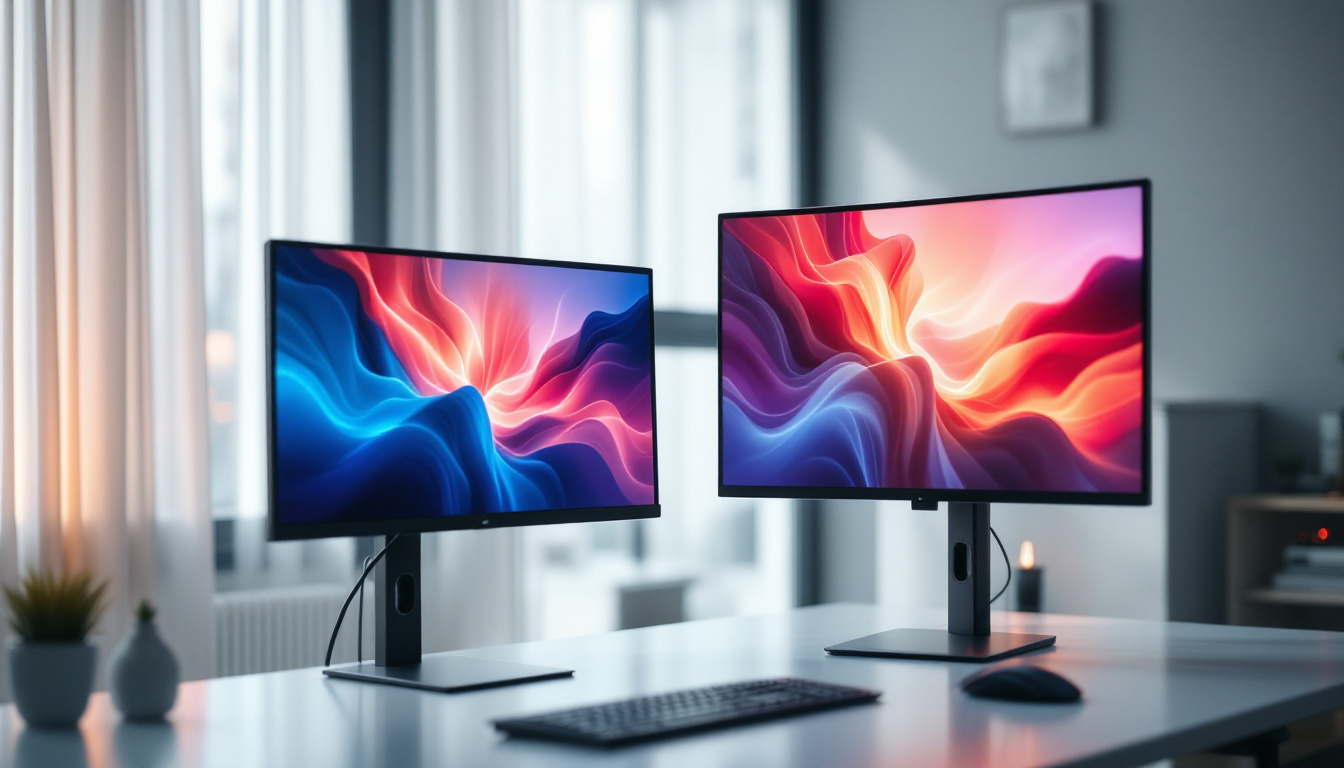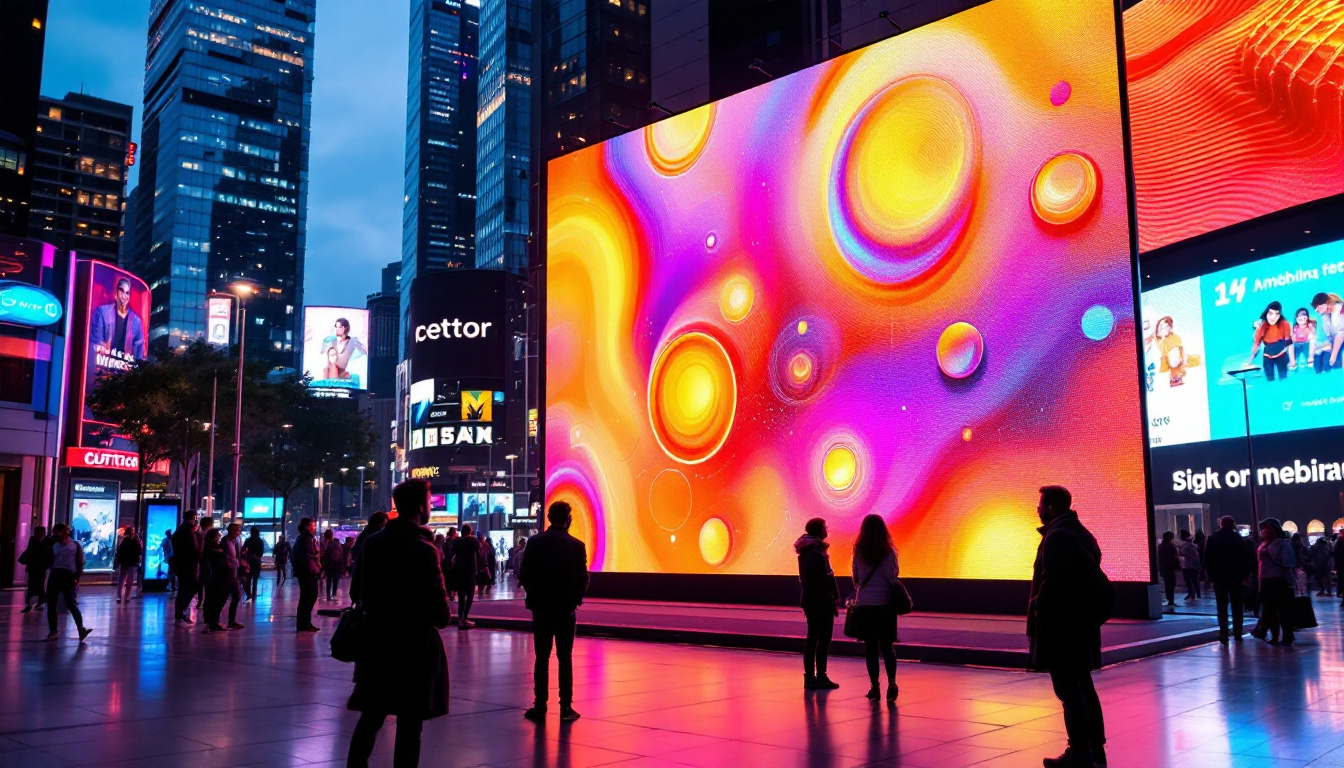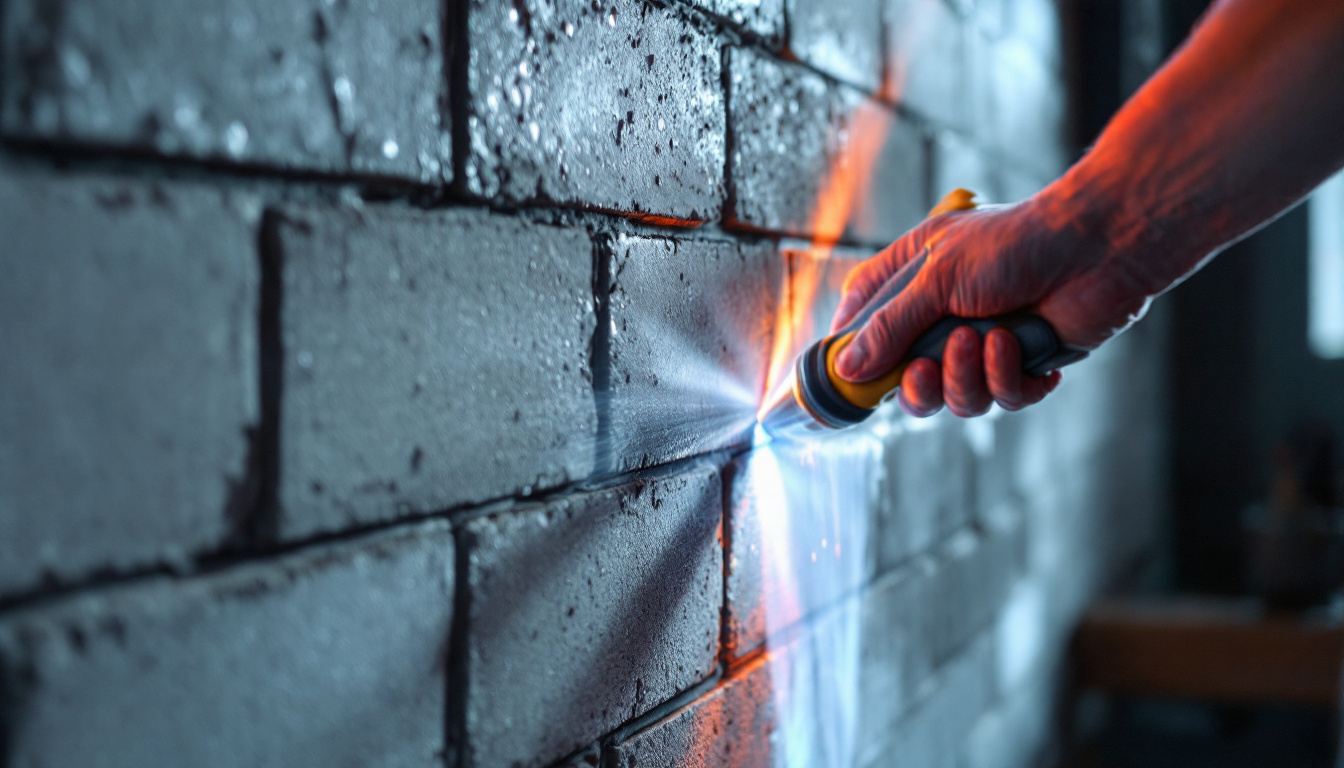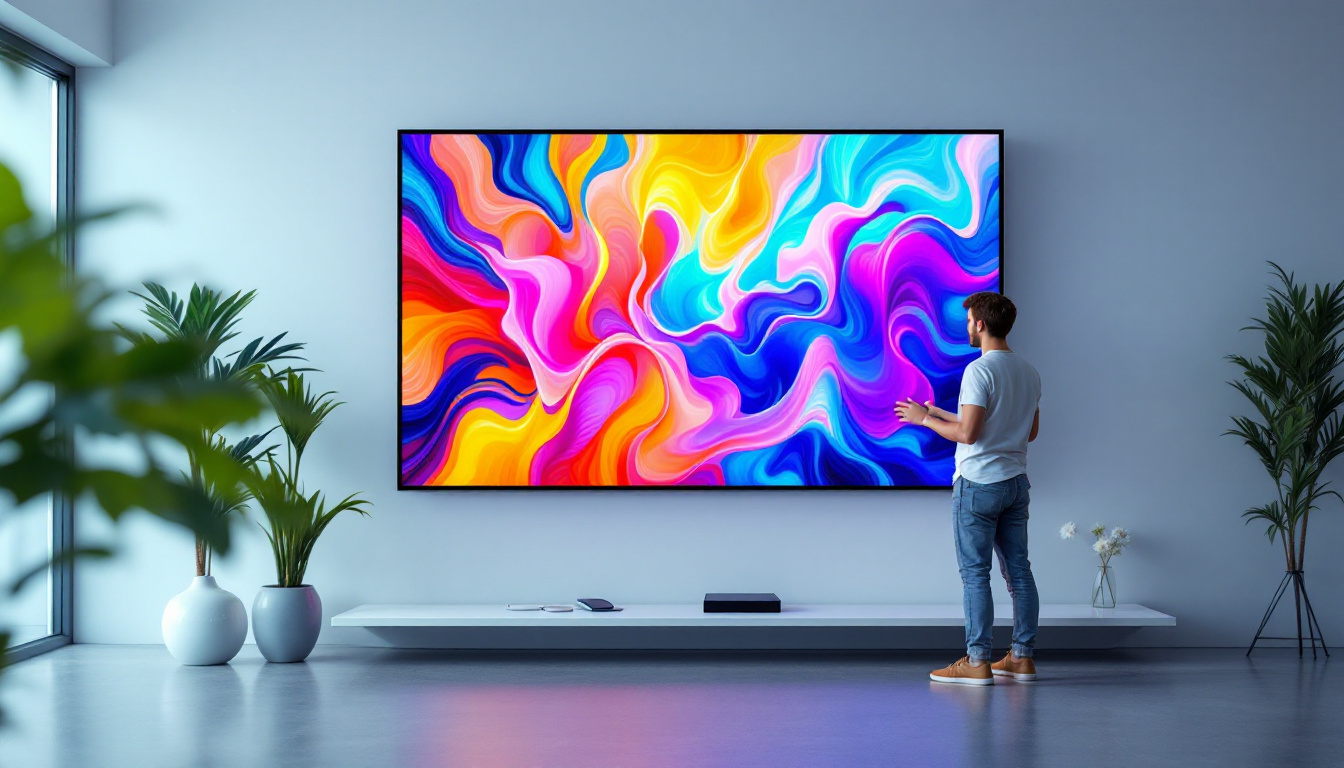In the world of modern technology, LED displays have become ubiquitous, transforming how information is presented across various platforms. From large outdoor billboards to small handheld devices, LED technology is at the forefront of visual communication. One specific aspect of LED displays that has garnered attention is the 864/60 specification. This article delves into what this specification means, its significance, and the impact it has on LED display performance.
Understanding LED Displays
LED stands for Light Emitting Diode, a semiconductor device that emits light when an electric current passes through it. Unlike traditional display technologies, such as LCD or CRT, LED displays offer several advantages, including higher brightness, better color accuracy, and lower power consumption. These attributes make LED displays ideal for a wide range of applications, from televisions to digital signage.
The Basics of LED Technology
LED technology operates on the principle of electroluminescence, where certain materials emit light when energized. This process allows for the creation of vibrant colors and sharp images. The basic components of an LED display include:
- LED Chips: These are the fundamental building blocks that produce light. Different chips can create various colors, and when combined, they can produce a full spectrum of hues.
- Pixel Configuration: The arrangement of LED chips in a grid forms pixels, which are the smallest units of an image on a display. The density of these pixels affects the display’s resolution and clarity.
- Control Systems: These manage the input signals and determine how the LED chips light up, ensuring the correct image is displayed at all times.
Types of LED Displays
There are several types of LED displays, each tailored for specific applications:
- Direct View LED: Commonly used in outdoor advertising, these displays are made up of individual LED modules that can be viewed from a distance.
- LED Backlit LCD: These displays use LED technology to illuminate an LCD panel, providing better brightness and contrast compared to traditional fluorescent backlighting.
- Organic LED (OLED): A more advanced form of LED technology that uses organic compounds to produce light, resulting in thinner displays and improved color accuracy.
In addition to these types, there are also variations like MicroLED, which consists of microscopic LEDs that can be assembled into large displays without the need for a backlight, offering even greater efficiency and flexibility. MicroLED technology is particularly promising for applications requiring high resolution and seamless displays, such as virtual reality and augmented reality environments. Furthermore, advancements in LED technology continue to emerge, with innovations aimed at enhancing energy efficiency and extending the lifespan of displays.
Another exciting development in the realm of LED displays is the integration of smart technology. Many modern LED displays now come equipped with built-in processors and connectivity options, allowing for real-time content updates and interactivity. This capability is particularly beneficial for digital signage, where businesses can change advertisements or information dynamically based on audience engagement or time of day. As the technology evolves, we can expect to see even more sophisticated features, such as AI-driven content personalization and enhanced user interfaces, making LED displays not just a medium for visual communication but also an interactive experience.
The 864/60 Specification
The 864/60 specification refers to a specific configuration of LED displays, particularly in terms of pixel pitch and refresh rate. Understanding these parameters is crucial for evaluating display performance and suitability for various applications.
Pixel Pitch Explained
Pixel pitch is the distance between the centers of two adjacent pixels, measured in millimeters. A smaller pixel pitch typically results in higher resolution and better image quality, making it suitable for close viewing distances.
In the case of the 864/60 specification, the “864” indicates the pixel pitch. This means that the distance between pixels is 8.64 mm. Displays with this pixel pitch are often used in environments where viewers are relatively close to the screen, such as in retail stores or conference rooms. The clarity provided by a pixel pitch of 8.64 mm allows for vibrant visuals that can capture attention and enhance the overall viewing experience. This is particularly important in marketing environments, where the goal is to engage customers and convey messages effectively.
Refresh Rate and Its Importance
The second part of the specification, “60,” refers to the refresh rate of the display, measured in hertz (Hz). A refresh rate of 60 Hz means that the display refreshes the image 60 times per second. This is a critical factor in ensuring smooth motion and reducing flicker, especially in dynamic content such as videos or animations.
A higher refresh rate is particularly beneficial in applications where fast-moving images are displayed, such as sports broadcasts or video games. Displays with a refresh rate of 60 Hz are generally considered standard for most applications, providing a good balance between performance and cost. However, in environments where high-speed action is prevalent, such as eSports arenas or high-definition cinema, displays with even higher refresh rates, like 120 Hz or 240 Hz, may be preferred to enhance the viewing experience further. The choice of refresh rate can significantly impact the visual fluidity and responsiveness, making it a key consideration for both consumers and professionals alike.
Applications of 864/60 LED Displays
Given their specifications, 864/60 LED displays are well-suited for a variety of applications. Their pixel density and refresh rate make them ideal for environments where clarity and motion fluidity are paramount.
Retail and Advertising
In the retail sector, 864/60 LED displays are frequently used for digital signage. These displays can showcase promotional videos, advertisements, or product information, capturing the attention of potential customers. The combination of high resolution and smooth motion makes them effective in transmitting messages quickly and clearly.
Corporate Environments
In corporate settings, these displays are often used for presentations and meetings. The clarity of the images and text ensures that all participants can see the content, regardless of their seating position. Additionally, the ability to display dynamic content allows for engaging presentations that can adapt to the audience’s needs.
Events and Entertainment
For live events, such as concerts or sports games, 864/60 LED displays provide an immersive experience for attendees. The high refresh rate ensures that fast-paced action is displayed smoothly, while the pixel pitch allows for clear viewing from various distances within the venue.
Advantages of 864/60 LED Displays
The 864/60 specification offers several advantages that enhance the overall performance of LED displays. Understanding these benefits can help businesses and individuals make informed decisions when selecting display technology.
Enhanced Image Quality
With a pixel pitch of 8.64 mm, these displays provide a high level of detail, making them suitable for applications where image quality is critical. The resolution allows for sharp text and images, ensuring that content is presented clearly and effectively.
Reduced Eye Strain
The 60 Hz refresh rate helps to minimize flicker, which can lead to eye strain over prolonged viewing periods. This is particularly important in environments where users may be exposed to the display for extended durations, such as in offices or retail spaces.
Versatility in Usage
Due to their specifications, 864/60 LED displays can be utilized in a variety of settings, from indoor environments to outdoor applications. Their adaptability makes them a popular choice for businesses looking to invest in reliable and effective display technology.
Challenges and Considerations
While the 864/60 LED display offers numerous advantages, there are also challenges and considerations that potential users should be aware of. Understanding these factors can aid in making an informed decision regarding the adoption of this technology.
Cost Factors
One of the primary considerations when investing in LED display technology is cost. High-quality LED displays can be expensive, and the 864/60 specification is no exception. Businesses must weigh the benefits against the initial investment and ongoing maintenance costs.
Installation and Maintenance
Proper installation is crucial for optimal performance. This includes ensuring that the display is mounted securely and that all connections are correctly configured. Additionally, regular maintenance is required to keep the display functioning at its best, which can add to the overall cost of ownership.
Environmental Considerations
LED displays are generally energy-efficient, but their environmental impact should not be overlooked. Users should consider the energy consumption of the display and explore options for recycling or disposing of the technology responsibly at the end of its lifecycle.
The Future of LED Displays
As technology continues to evolve, the future of LED displays looks promising. Innovations in materials and manufacturing processes are likely to lead to even better performance, reduced costs, and enhanced sustainability.
Advancements in Technology
Emerging technologies, such as microLED and miniLED, are set to revolutionize the display industry. These advancements promise improved pixel density, better color accuracy, and even lower power consumption, making them attractive alternatives to traditional LED displays.
Integration with Smart Technologies
The integration of LED displays with smart technologies, such as IoT and AI, is also on the rise. This allows for more interactive and personalized experiences, as displays can adapt to viewer preferences and behaviors in real time.
Sustainability Initiatives
As environmental concerns become increasingly important, the display industry is focusing on sustainability. Future LED displays are expected to incorporate more eco-friendly materials and energy-efficient designs, reducing their overall environmental footprint.
Conclusion
The 864/60 specification of LED displays represents a balance of performance and versatility, making them a valuable asset in various applications. With their enhanced image quality, reduced eye strain, and adaptability, these displays are well-suited for retail, corporate, and entertainment environments.
As technology continues to advance, the future of LED displays holds exciting possibilities. By staying informed about these developments, businesses and individuals can make educated decisions that enhance their visual communication strategies.
In summary, understanding the intricacies of LED display technology, particularly the 864/60 specification, is essential for leveraging its full potential in today’s fast-paced digital landscape.
Discover LumenMatrix’s Advanced LED Solutions
Ready to elevate your visual communication with the latest in LED technology? Explore LumenMatrix’s comprehensive range of LED display solutions, from vibrant Indoor and Outdoor LED Wall Displays to innovative Custom and All-in-One LED Displays. Whether you’re looking to captivate your audience, enhance brand visibility, or create immersive experiences, LumenMatrix is your partner in revolutionizing visual engagement. Check out LumenMatrix LED Display Solutions today and see how we can help you share your message with the world.

